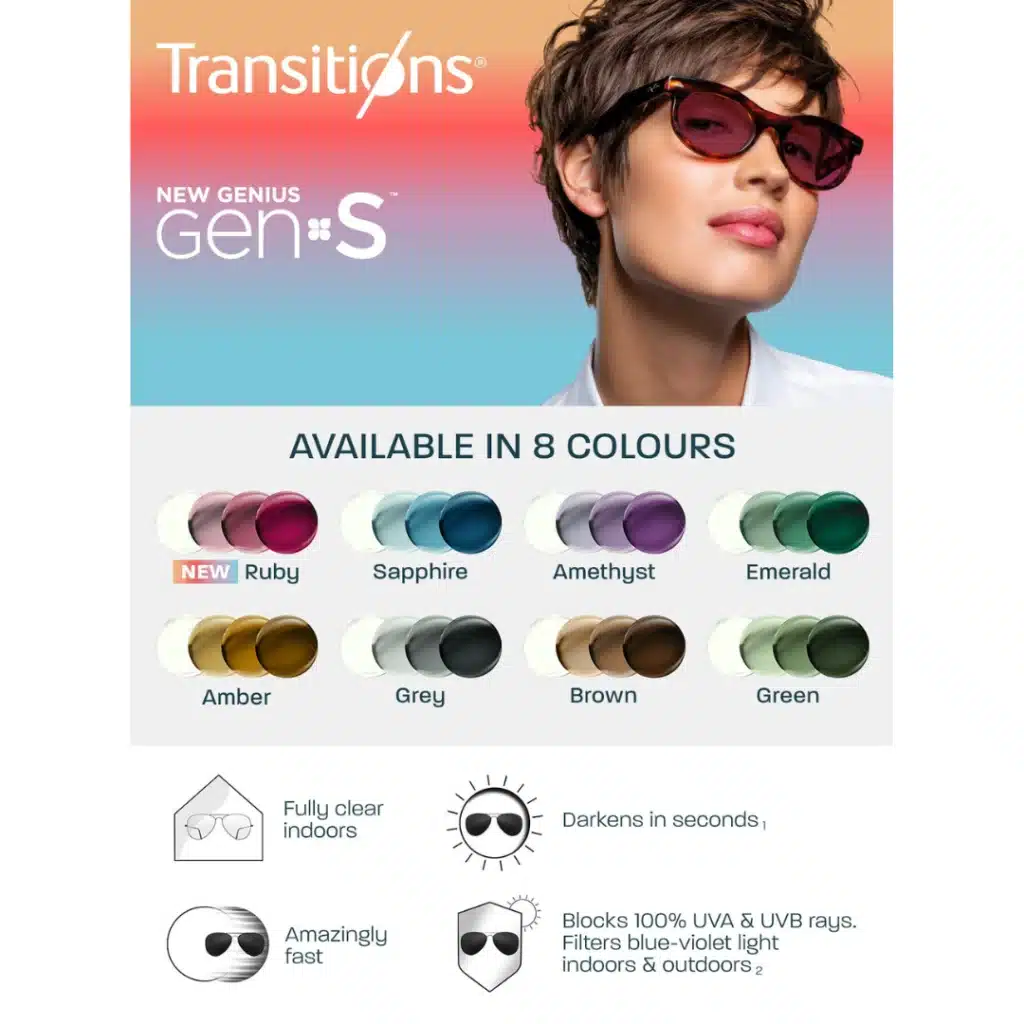Light is crucial for vision. It bounces off objects and enters your eyes, which allows you to see. But sometimes, it’s the source of vision problems, like glare. The issue of glare is something most people deal with daily. From driving down a rainy highway late at night to trying to watch your favorite baseball team without squinting – glare’s effects can become an unpleasant and sometimes dangerous experience. On top of that, if you’re an eyeglass wearer the effects of glare can worsen as your lenses become smudged or scratched.
What Is Glare
Simply put, glare occurs when too much light enters your eye and interferes with your eye’s ability to manage it. Glare can be distracting and even dangerous and occurs day or night in several ways. Glare may come directly from a light source or be reflected.
The Four Types of Glare
Distracting Glare
Distracting glare occurs when light reflects between optical mediums, like air and glass. This can cause light to bounce off the surface or within a spectacle lens, creating reflections that obscure your eyes or cause you to see reflections in your lenses. At night, this glare can form “halos” around lights, leading to annoyance, distraction, and eye fatigue.
Discomforting Glare
Discomforting glare, caused by direct or reflected bright light, can occur in varying intensities, leading to visual discomfort like eyestrain or fatigue. It affects people differently depending on their light sensitivity, regardless of the time of day or weather. The unprotected eye reacts by squinting or constricting the pupil, and people often try to avoid it by shielding their eyes or looking away.
Disabling Glare
Disabling glare is more intense than discomforting glare and can interfere with or block vision. It occurs from excessive, intense light, like facing the sun directly, causing objects to lose contrast. This happens because light scatters when entering the eye, reducing vision sharpness and increasing light sensitivity. Disabling glare is more problematic in the elderly due to the reduced transparency of the aging eye’s lens, which can lead to cataracts.
Blinding Glare
Blinding glare occurs when light reflects off smooth, shiny surfaces like water, sand, or snow, becoming polarized and strong enough to block vision. This glare can severely impair vision, leaving the person visually compromised.

What Optical Solutions Exist to Reduce Glare?
Anti-Reflective Lenses
One of the best options for reducing discomforting or distracting glare is anti-reflective lenses. AR lenses allow the largest percentage of light to transmit through a lens and into a patient’s eye. The greater the amount of light transmitted, the better the patient’s visual acuity and comfort.
Photochromic Lenses
Photochromic lenses like Transitions and Sensity lenses, which adapt their level of tint based on how much UV is present, can also help reduce the effects of glare. They are compatible with AR coatings and perform even better when combined with AR. Transitions lenses with an AR coating block distracting, discomforting, and disabling glare. They absorb 100% of harmful ultraviolet radiation and harmful blue light.
Polarized Lenses
Polarized lenses eliminate disabling or blinding glare, or the light off flat surfaces like wet roads, water, ice, and snow. They deepen colors, enhance visual contrast, and improve vision overall.
